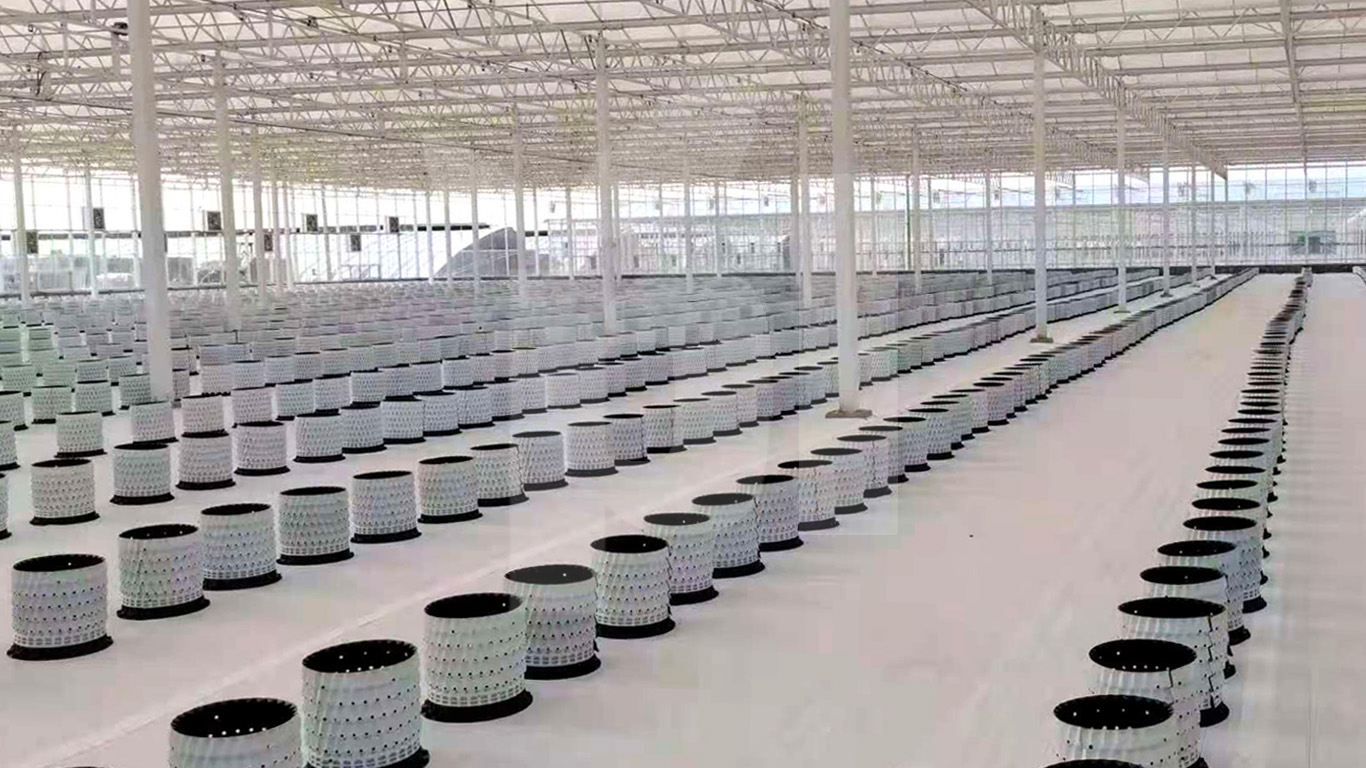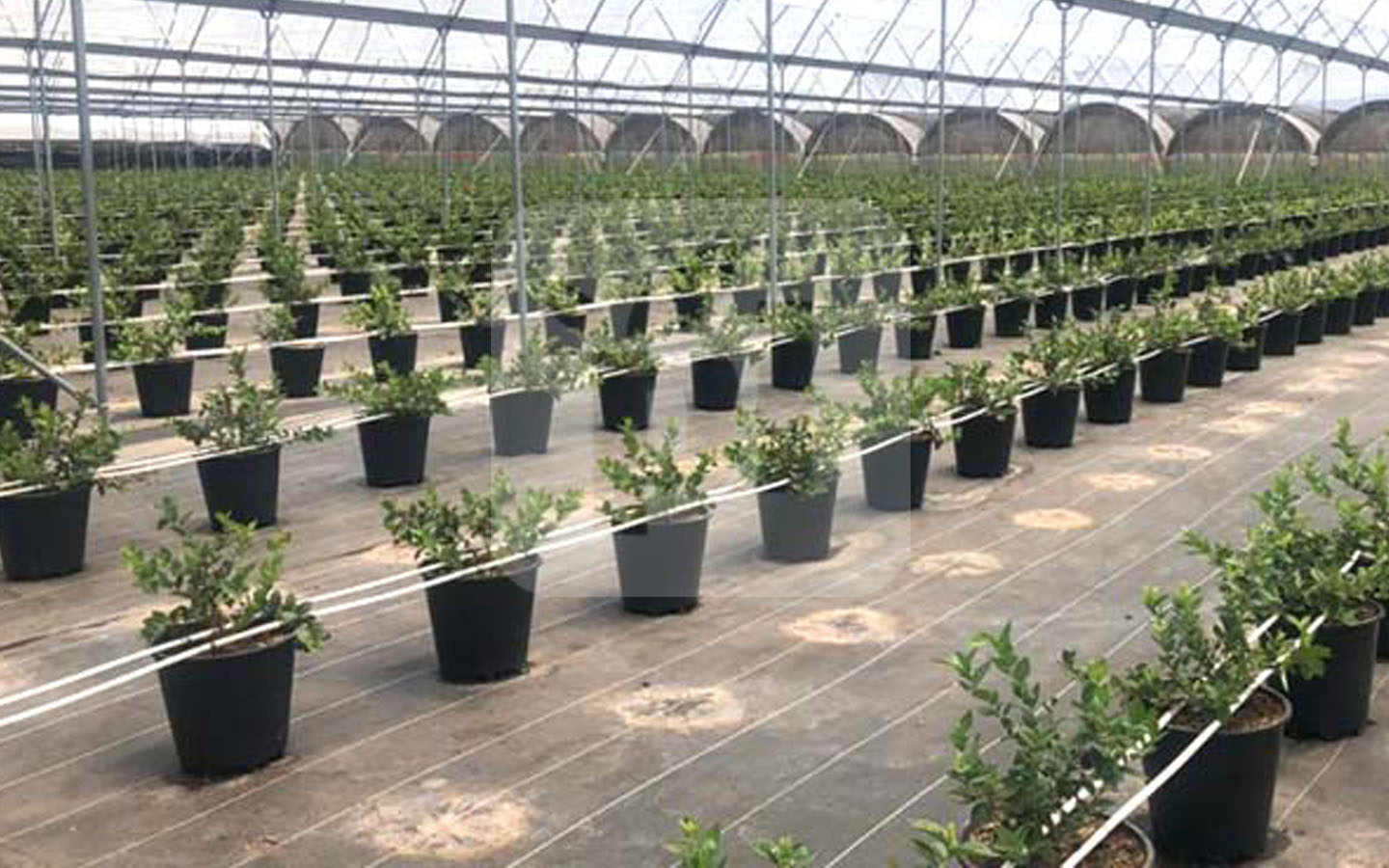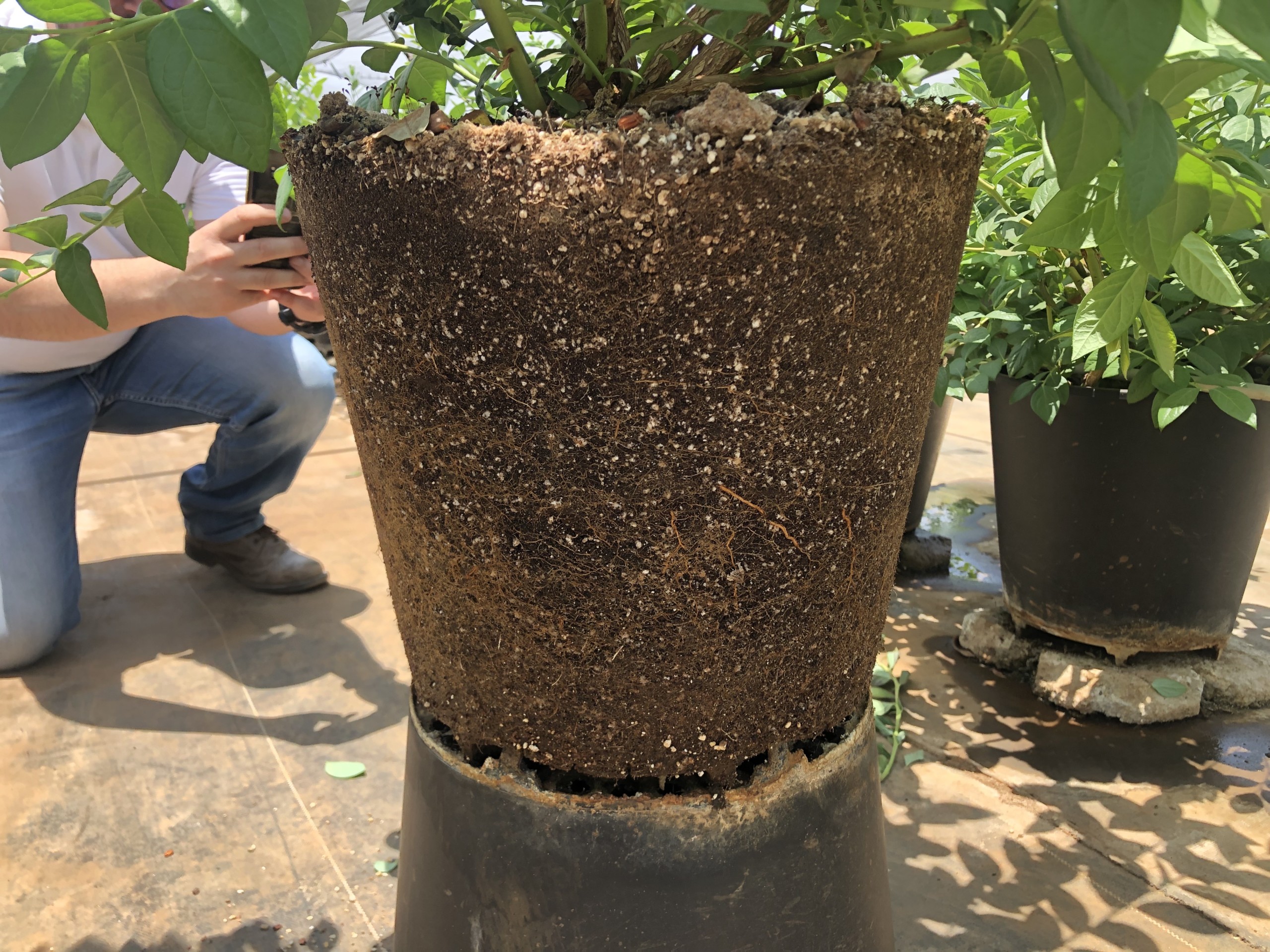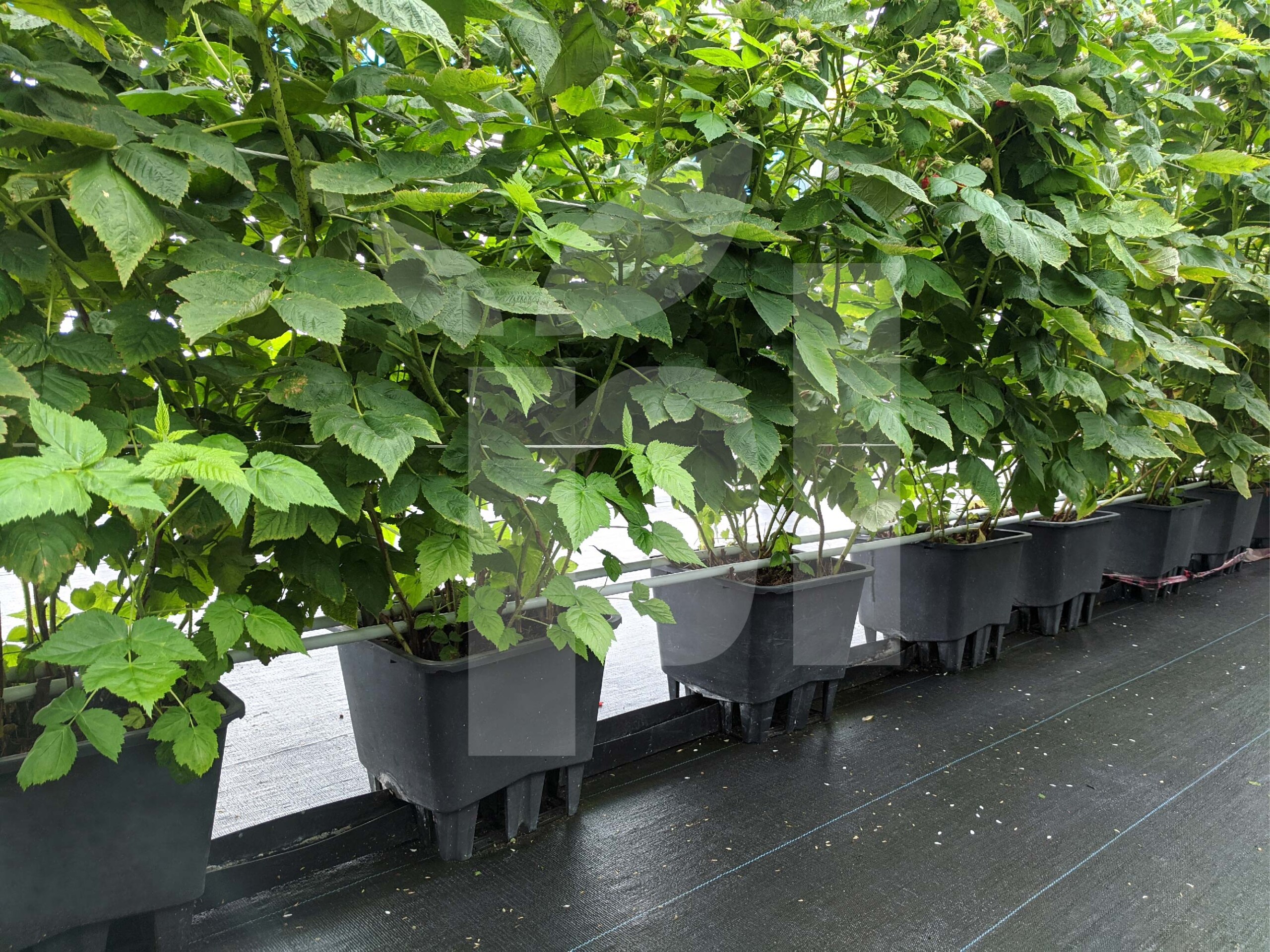Berries have proven to be an ideal candidate for container growing. All berries grow well in containers including blackberries. On land, blackberries are known to multiply quickly and take over a garden in a small amount of time. This makes it essential to control their growth in a garden. Growing blackberries in a container provides the perfect solution to limit the growth of blackberries while producing healthy plants. While it is easy to care for a blackberry plant on land, growing blackberries in containers requires growers to observe a few, but critical steps. Here is a short guide on growing blackberries in containers.
Pick the Right Variety
Given that blackberries grow aggressively, growing wild varieties of the plant in a container was a challenge. However, research and development in the field has resulted in the production of varieties that are dwarf and thorn-free. These varieties do not overcrowd a container in a short period. Their small size allows all the growing blackberries enough space. Also, with the reduced plant size and thorns, it takes lesser time to maintain the blackberry crop.
The blackberry plant from a new variety might look a little different, but the final product is the same as regular blackberries – deep black and juicy.
Start with the ‘Correct’ Pot
Growing blackberries requires containers that can hold a minimum of 19 liters of water and are at least 6 inches tall to accommodate the root system. The roots of the blackberry plant expand more horizontally than vertically. This necessitates that the pot chosen should be wider than deep. Containers like the 20 Liter Square Pot are ideal for this purpose.
The pot is wide enough to accommodate the extensive root network of the growing blackberries. It also drains out into a high air flow area self-pruning the roots. The volume makes sure that it holds enough water. Larger pots than the 20-liter square pot will work fine too. However, it is important they are not smaller.

Water Regularly
Blackberries require lots of water. When growing blackberries in the container, proper irrigation becomes even more important because potted plants tend to dry more quickly. Growers can check the top 1-inch of the soil for dryness. If the top is dry, it is a good idea to water the blackberry plant.
While growing blackberries do require loads of water, excess water may lead to root rot. It can be prevented by picking out a pot with proper drainage. Pots like the 10 Liter Drainage Collection Pot allow excess water to drain. There are five center holes in the container for this purpose. The holes on the side of the plant allow easy passage of oxygen to the root zone. This way the roots always get ample supply of oxygen. This is especially important in the case of blackberries because the soil used to grow them will be drenched in water.
All the water is drained out into a gutter underneath, which prevents any mess in the surrounding area. This keeps the growth of any mould or other diseases to propagate that can happen due to the leaves of the fruit coming in contact with the water for a prolonged period.

Full Sun is Essential
Apart from a regular irrigation schedule, sunlight is also critical to growing blackberries. They need at least 6 hours of sun. So, pots should always be placed in the sunlight and should be protected from strong winds. Less than 6 hours of daylight may affect the quality of the final product. So, if sunlight falls on different parts of the garden at different times, growers may have to move the pots to provide the necessary amount of sunlight. In that light, the 8 Liter Pot with Big Handle is a good alternative. It gives enough space for the roots to grow and provides proper drainage. At the same time, it is easy to move from one location to another due to its thoughtful design.

Growing blackberries in Containers is Easy
Blackberries grow easily and quickly. It is possible that the blackberry plants, even the smaller varieties, get too big for the pot they are growing in. In such a case, growers can divide the plants into two containers. However, do keep in mind to follow this exercise during the winter period, when the blackberry plant is dormant. So, growers can divide the pots without any loss of plants.
They are not high-maintenance plants. If the growers get a few fundamentals right, they can easily produce high-yield plants that produce high-quality blackberries every year.










Leave A Comment
You must be logged in to post a comment.